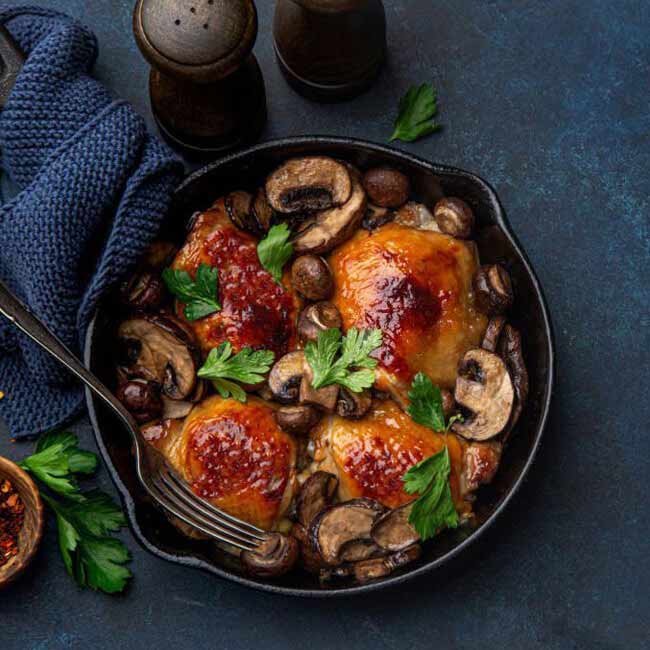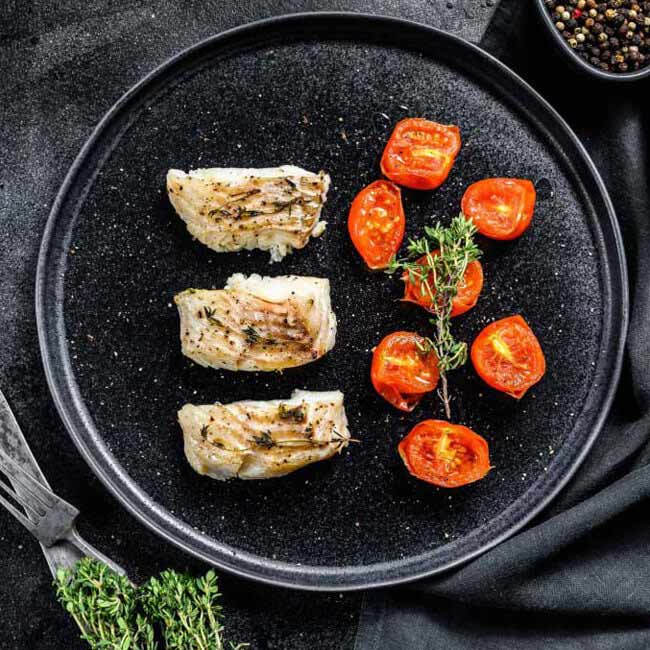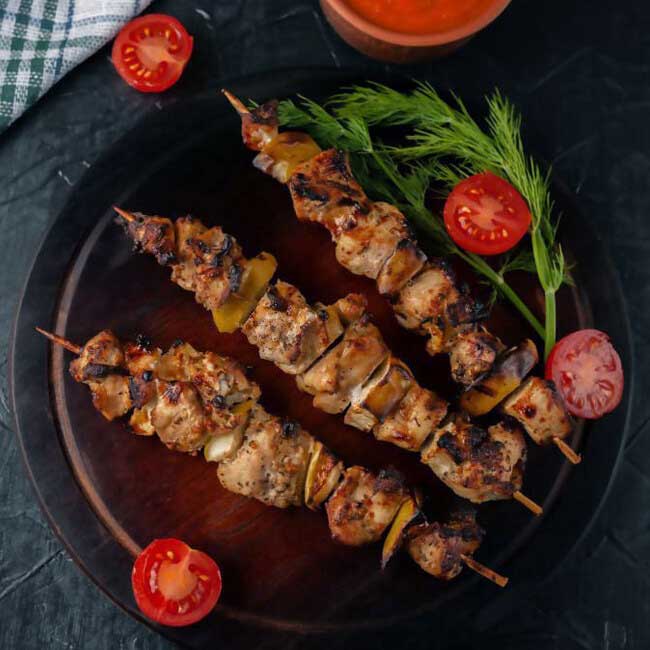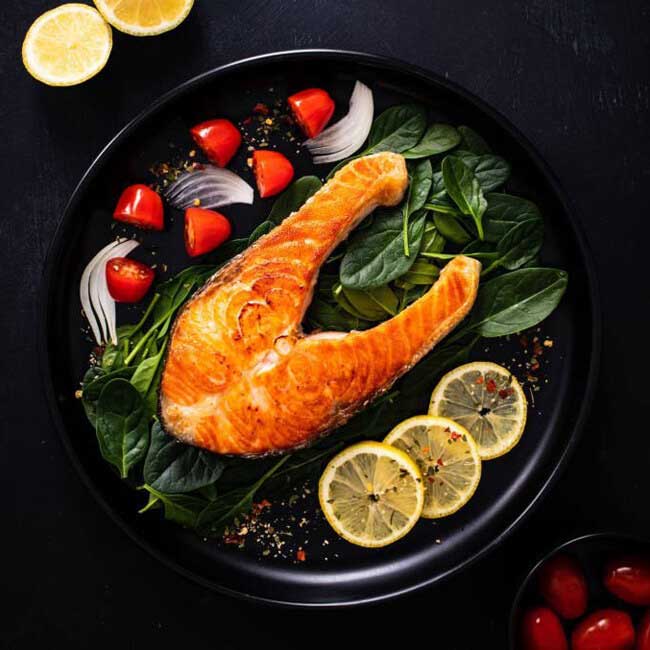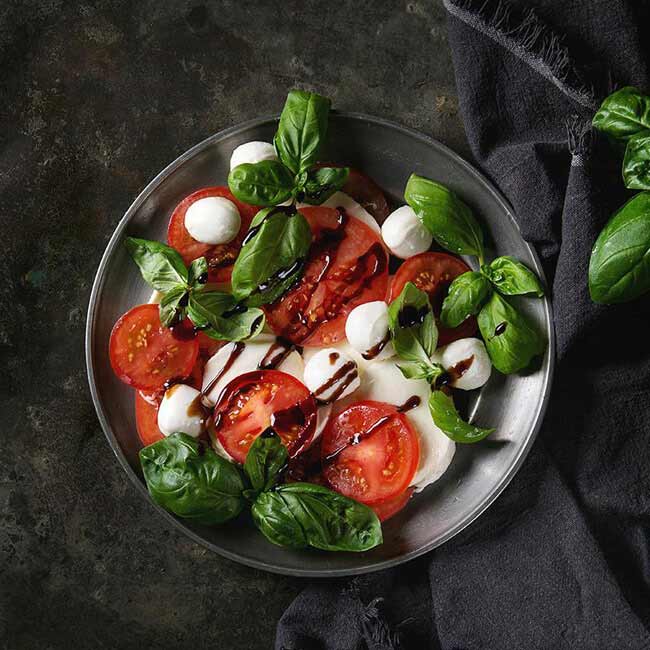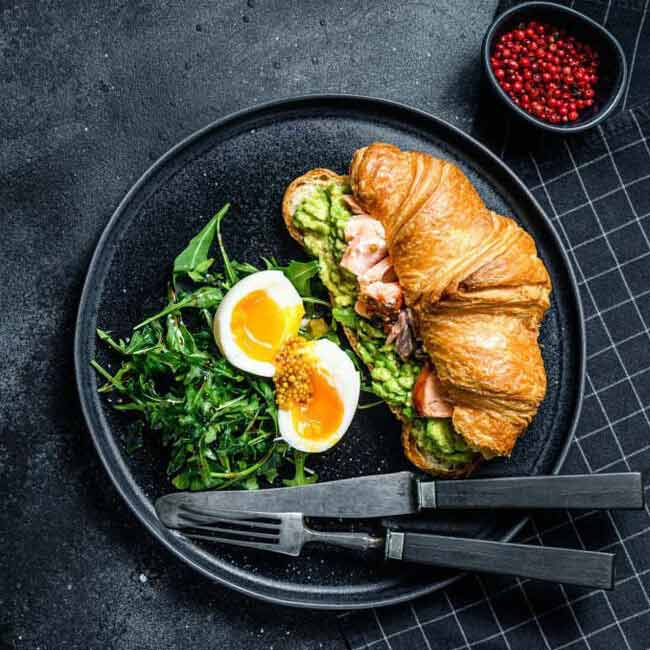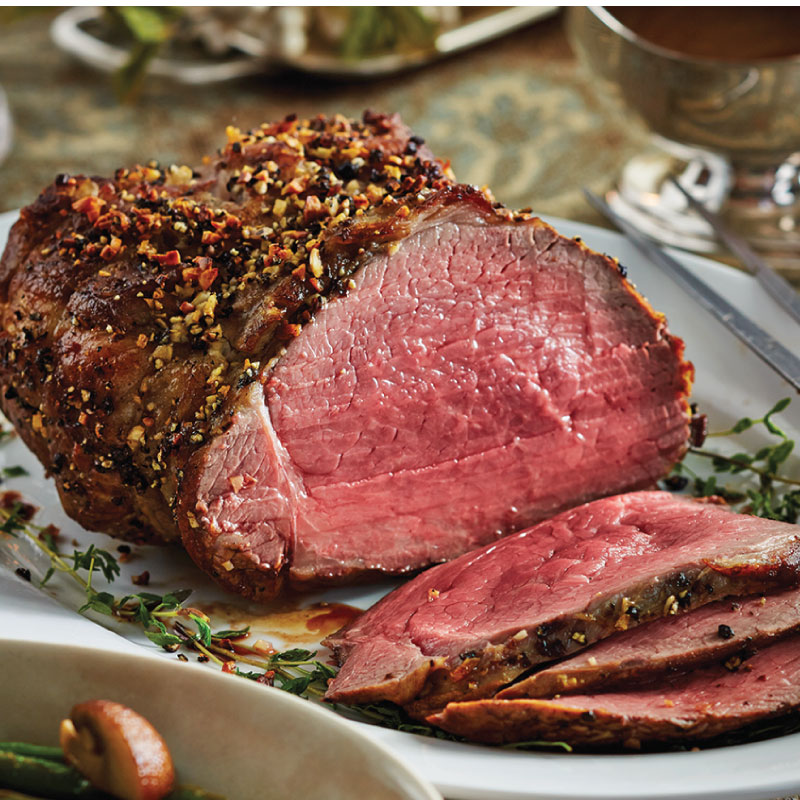Perfecting the Art of Roasting: Exploring the Variables of a Delicious Roast Recipe
As a passionate chef, I have always been fascinated by the art of roasting. There’s something magical about transforming a raw piece of meat or vegetables into a tender, flavorful masterpiece through the power of heat. Over the years, I’ve experimented with various roast recipes and learned that mastering the variables involved is the key to achieving that perfect, mouthwatering roast. In this blog post, I’ll take you on a journey through the essential variables that play a crucial role in creating a delectable roast.
1. The Choice of Protein:
The foundation of any roast recipe begins with selecting the right protein. Whether it’s beef, chicken, lamb, or pork, each type has its unique flavor and texture. Factors such as marbling, fat content, and cut influence the final result. For example, a well-marbled ribeye roast will yield a juicy and rich flavor, while a leaner cut like a tenderloin requires careful attention to prevent overcooking.
2. Seasoning and Marinades:
The next variable to consider is the seasoning and marinades. This is where you can get creative and infuse your roast with flavors. Common seasonings include salt, pepper, garlic, herbs, and spices. Marinating the meat beforehand can add depth and complexity to the taste. Remember, the type and duration of the marinade can significantly impact the final dish.
3. Cooking Temperature:
The cooking temperature is a critical variable in roasting. Lower temperatures, such as 275°F (135°C), will result in a slower and more even cook, preserving the meat’s juices. Higher temperatures, around 425°F (220°C), create a crispier exterior while cooking the interior more quickly. Finding the right balance for your chosen protein is key.
4. Roasting Time:
The roasting time depends on the size and type of meat. A smaller cut will require less time than a large roast. It’s essential to invest in a good meat thermometer to monitor the internal temperature, ensuring your roast reaches the desired level of doneness, whether it’s rare, medium-rare, medium, or well-done.
5. Resting Period:
After removing the roast from the oven, allow it to rest. This step is often overlooked but crucial for a juicy, flavorful result. Resting allows the juices to redistribute throughout the meat, ensuring that each bite is tender and moist. A general rule of thumb is to rest the roast for about 15-20% of its cooking time.
6. Pan and Roasting Rack:
The choice of pan and roasting rack can affect the outcome of your roast. A shallow pan will allow for better browning, while a roasting rack elevates the meat, allowing hot air to circulate evenly. Collecting the drippings in the pan can also be used to create a delicious gravy or sauce.
7. Basting:
Basting involves periodically spooning the pan juices over the roast during cooking. This can enhance flavor and moisture retention. However, excessive basting can lead to a loss of heat and extended cooking time, so strike a balance.
8. The Element of Patience:
Perhaps the most critical variable of all is patience. Achieving the perfect roast requires careful attention to details, a keen sense of timing, and the willingness to wait. Rushing through the process can lead to disappointment, as roasting is as much about the journey as it is about the destination.
In conclusion, the variables involved in creating a delicious roast recipe are numerous and interconnected. It’s the delicate balance of these variables that allows you to craft a roast that’s both tender and flavorful. So, the next time you embark on a roasting adventure, remember to consider the protein, seasonings, cooking temperature, roasting time, resting period, pan and rack, basting, and, most importantly, exercise patience. With practice and a keen understanding of these variables, you’ll be well on your way to mastering the art of roasting and delighting your taste buds with mouthwatering roasts that leave a lasting impression. Happy roasting!




